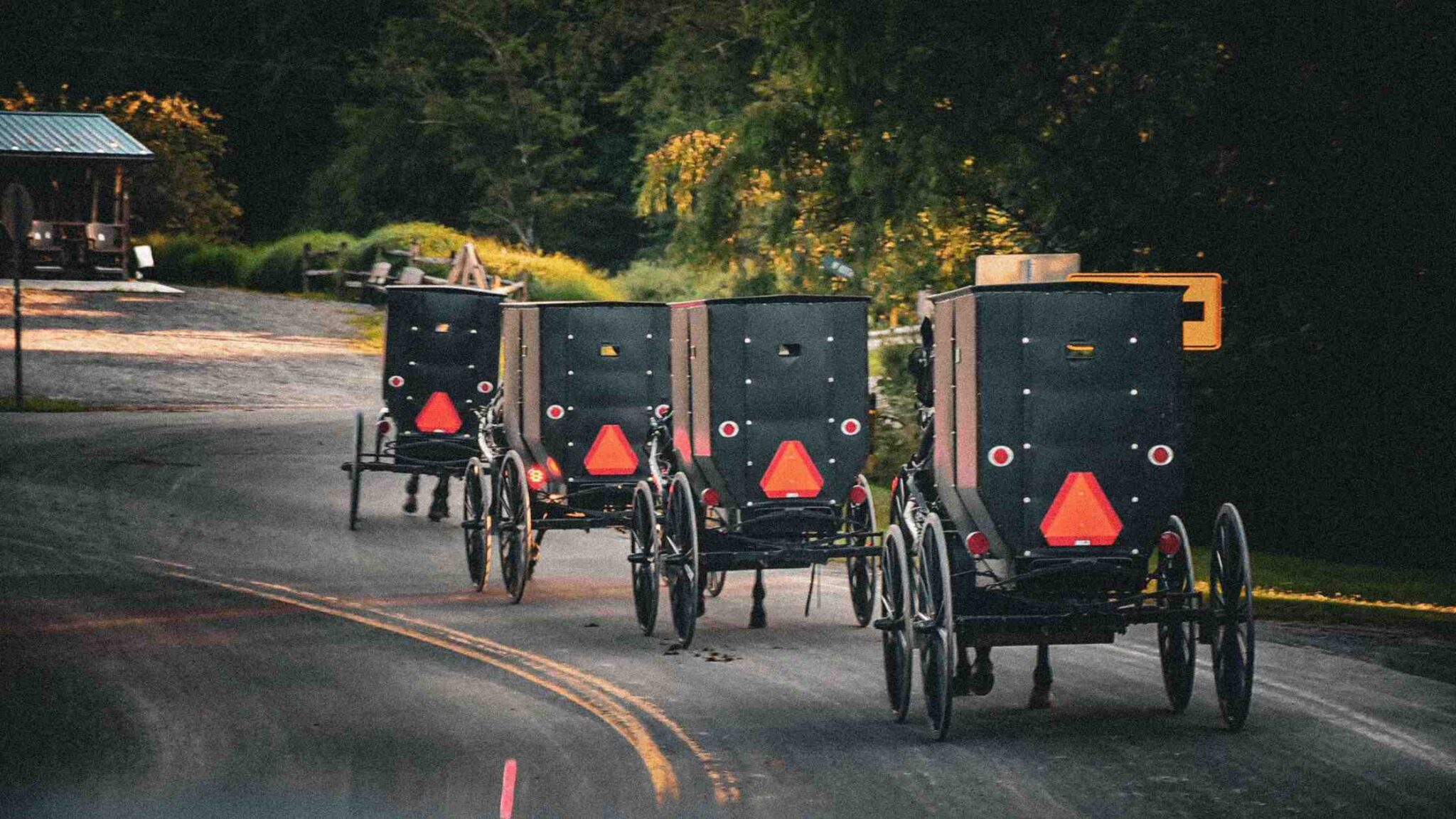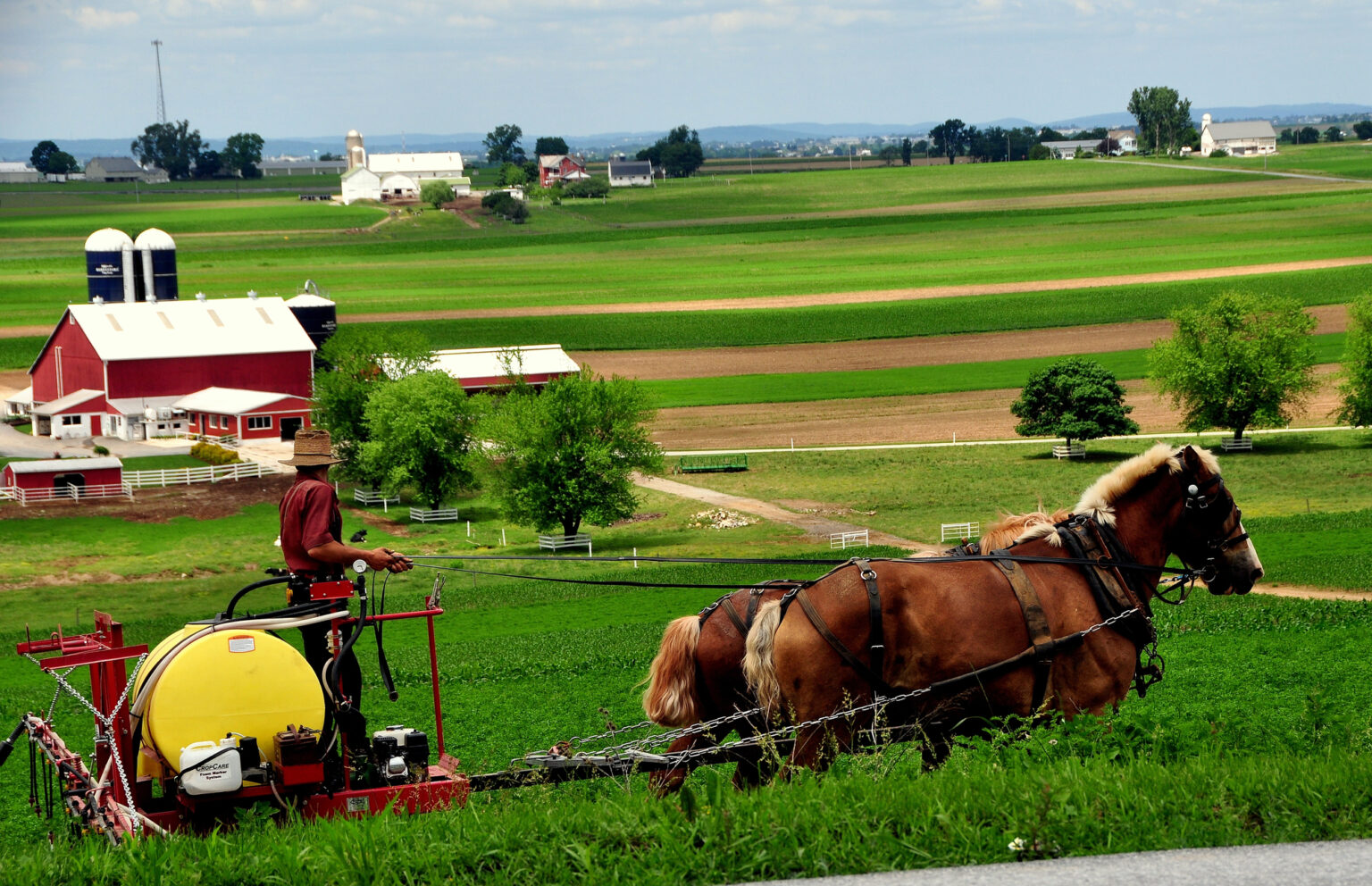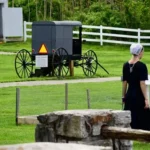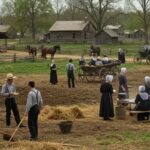Early Amish Communities in Pennsylvania and Ohio
The story of the early Amish communities in America begins with determination, faith, and the pursuit of freedom. When Amish families left Europe in the 1700s, they sought a place to live according to their religious beliefs without fear of persecution. Their arrival in Pennsylvania marked the beginning of a new chapter—one that would shape Amish life for centuries. Soon after, Ohio became another stronghold for their growing communities. Together, these regions became the heart of Amish culture in North America, where traditions, simplicity, and faith thrived.
The Journey to Pennsylvania
Seeking Religious Freedom
During the 17th and 18th centuries, the Amish faced intense persecution across Europe. Governments demanded military service, loyalty oaths, and conformity to state churches—all of which went against Amish principles of peace and separation from worldly powers. Faced with these challenges, many decided to leave their homeland.
America offered something rare at the time: religious tolerance. William Penn’s colony of Pennsylvania welcomed settlers of all faiths, making it the ideal refuge for the Amish. The promise of fertile land and freedom to worship encouraged families to make the long and uncertain journey across the Atlantic.
Settling in Lancaster County
By the early 1700s, Amish immigrants began arriving in Lancaster County, Pennsylvania. The rich farmland reminded them of their European roots, allowing them to rebuild their agrarian way of life. These early settlers established small, close-knit farming communities where family and faith guided every decision.
Their homes were simple, their tools handmade, and their days filled with hard work and devotion. Church services were held in homes rather than buildings, reflecting the Amish belief in humility and equality. Over time, Lancaster County became the most recognized Amish settlement in America—and it remains so today.
Growth and Expansion
Maintaining Traditions in a New Land
Despite being far from Europe, Amish settlers continued to follow the Ordnung—a set of unwritten rules governing daily behavior, dress, and worship. These guidelines ensured that the community stayed unified and faithful to their beliefs.
The Amish valued cooperation over competition. Neighbors worked together during harvests, barn raisings, and times of need. This sense of mutual support helped them thrive even in unfamiliar surroundings. Their faith was not just a belief system but a way of life that shaped every action and decision.
Moving Westward to Ohio
As Pennsylvania’s population grew and farmland became limited, Amish families began searching for new opportunities. By the early 1800s, many moved westward into Ohio, attracted by its open land and affordable property prices.
Ohio offered the same natural beauty and agricultural promise that had drawn them to Pennsylvania. The first Amish arrived in the Sugarcreek and Holmes County regions, where they built new farms and communities based on the same spiritual and social principles that guided them in Lancaster.

The Establishment of Ohio Settlements
Building Self-Sufficient Communities
In Ohio, the Amish found fertile ground for both farming and faith. They built one-room schoolhouses, organized church districts, and established local networks of trade and craftsmanship. Each family contributed to the community’s success through agriculture, woodworking, and home-based industries.
Over time, Holmes County became one of the largest Amish settlements in the world. Families there maintained close connections with relatives in Pennsylvania, visiting and exchanging ideas while preserving their shared heritage.
Faith as the Foundation
Religion remained at the core of Amish life in both Pennsylvania and Ohio. Weekly worship, Bible study, and community gatherings reinforced unity and spiritual growth. They avoided modern conveniences that might disrupt family bonds or promote individualism.
Faith also guided their relationships with outsiders. Although they lived separately from mainstream society, the Amish became known for their honesty, hospitality, and strong work ethic. Their example drew admiration and curiosity, helping outsiders understand their way of life.
Lasting Cultural Impact
Agriculture and Craftsmanship
Amish farmers in both states cultivated the land with care and dedication. They practiced sustainable farming long before it became a modern concept. Their methods emphasized balance with nature, community effort, and gratitude for God’s provision.
Beyond farming, Amish craftsmanship became highly regarded. Their handmade furniture, quilts, and baked goods reflected both skill and devotion. These traditions not only supported local economies but also connected the Amish to the wider world in meaningful ways.
Preserving Identity Through Change
As industrialization spread across America, the Amish stayed committed to their traditional lifestyle. They viewed each technological change through the lens of faith, choosing only what aligned with their principles. This careful balance between adaptation and preservation helped them endure social and economic shifts for generations.
Their ability to maintain identity while thriving within a modern nation speaks to their deep spiritual strength. Pennsylvania and Ohio remain central to this story, symbolizing both the roots and resilience of Amish culture.
Conclusion
The early Amish communities in Pennsylvania and Ohio played a vital role in shaping the faith and lifestyle that define the Amish today. Guided by devotion, hard work, and a strong sense of community, these settlers built lasting foundations of faith and family.
From the rolling farmlands of Lancaster County to the quiet hills of Holmes County, the Amish preserved a way of life that continues to inspire respect and curiosity. Their story is a testament to the enduring power of faith and simplicity—values that have allowed them to flourish for over three centuries in a rapidly changing world.



